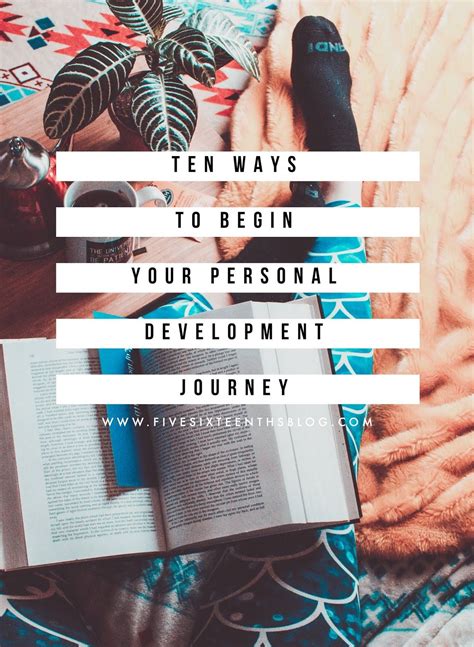Fear is a potent emotion, often acting as an invisible barrier preventing us from reaching our full potential. Whether it’s the apprehension of a new workout regimen, the anxiety surrounding investment decisions, or the hesitation to push past a perceived limit, fear can paralyze progress. The good news? Our response to fear isn’t hardwired. By cultivating a growth mindset, we can fundamentally change how we approach these challenges, transforming potential setbacks into powerful opportunities for advancement.
Understanding Fear Through Two Lenses: Fixed vs. Growth Mindset
In the realm of personal development, Dr. Carol Dweck’s concept of fixed and growth mindsets offers a powerful framework. A fixed mindset suggests that our abilities, intelligence, and talents are static traits. This perspective often leads to a fear of failure, as any setback is seen as a direct reflection of inherent inadequacy. In fitness, this might manifest as avoiding challenging exercises for fear of looking awkward or getting injured. In finance, it could mean shying away from investments due to the fear of losing money, or avoiding career changes that involve uncertainty.
Conversely, a growth mindset embraces the idea that our most basic abilities can be developed through dedication and hard work. From this perspective, challenges are welcomed, failures are seen as valuable learning experiences, and effort is the path to mastery. This shift in perspective is crucial for conquering the fears associated with pushing boundaries, both physically and financially.

Applying a Growth Mindset to Fitness Challenges
The fitness journey is replete with opportunities to encounter fear: fear of injury, fear of not being strong enough, fear of judgment, or even the fear of discomfort. A growth mindset equips us to navigate these obstacles:
- Embrace the learning curve: Instead of expecting perfection, understand that every new exercise or higher weight is a chance to learn and adapt. Focus on proper form and gradual progression, celebrating small victories.
- View setbacks as feedback: An injury isn’t a sign to quit, but an opportunity to understand your body better, modify your routine, and potentially explore new forms of exercise. Slow progress isn’t a failure, but an indication to re-evaluate your strategy, nutrition, or recovery.
- Focus on effort, not just outcome: The goal isn’t just to lift a certain weight or run a specific distance, but to consistently show up, give your best effort, and commit to the process of improvement. This intrinsic motivation is far more sustainable than outcome-based goals alone.

Conquering Financial Risks with a Growth Mindset
Financial decisions, whether investing, starting a business, or managing debt, often come with significant risk and the accompanying fear of loss or making the “wrong” choice. A growth mindset can transform this fear into strategic action:
- See market volatility as an opportunity: Instead of panicking during market downturns, a growth mindset investor might see it as a chance to buy assets at a lower price or to rebalance their portfolio based on long-term goals.
- Learn from financial mistakes: A bad investment isn’t a catastrophe; it’s a data point. What went wrong? What can be learned for future decisions? This analytical approach replaces regret with strategic insight.
- Embrace financial education: Recognizing that financial literacy is a skill that can be developed encourages continuous learning about investing, budgeting, and economic principles, thereby reducing fear through knowledge.
- Calculated risk-taking: Understanding that growth often requires stepping out of your comfort zone, a growth mindset encourages calculated risks—those taken after research, planning, and with a clear understanding of potential outcomes and mitigation strategies.

Practical Steps to Cultivate a Growth Mindset
Adopting a growth mindset isn’t an overnight transformation; it’s a conscious practice. Here are actionable steps:
- Identify your fixed mindset triggers: Pay attention to when you feel defensive, give up easily, or blame external factors. Recognize these as opportunities to shift your perspective.
- Replace “failing” with “learning”: Reframe setbacks. Instead of “I failed,” think “What did I learn from this?”
- Embrace challenges: Actively seek out new experiences or difficult tasks, knowing that they will stretch your abilities and lead to growth.
- Focus on effort and process: Celebrate the journey, the effort you put in, and the strategies you employ, rather than solely focusing on the end result.
- Seek feedback and criticism: View constructive criticism not as a personal attack, but as valuable information to help you improve.
- Practice self-compassion: Be kind to yourself when you make mistakes. Understand that growth is a messy, non-linear process.

Conclusion
The journey to conquering fear, whether in the gym or in the financial market, is fundamentally a journey of mindset. By consciously adopting a growth mindset, we empower ourselves to see challenges not as insurmountable walls, but as exciting opportunities for learning, adaptation, and profound personal growth. It’s about building resilience, fostering a love for learning, and ultimately, unlocking a potential that a fixed mindset would keep forever hidden. Start today by challenging your inner critic and embracing the incredible power of “yet.”




